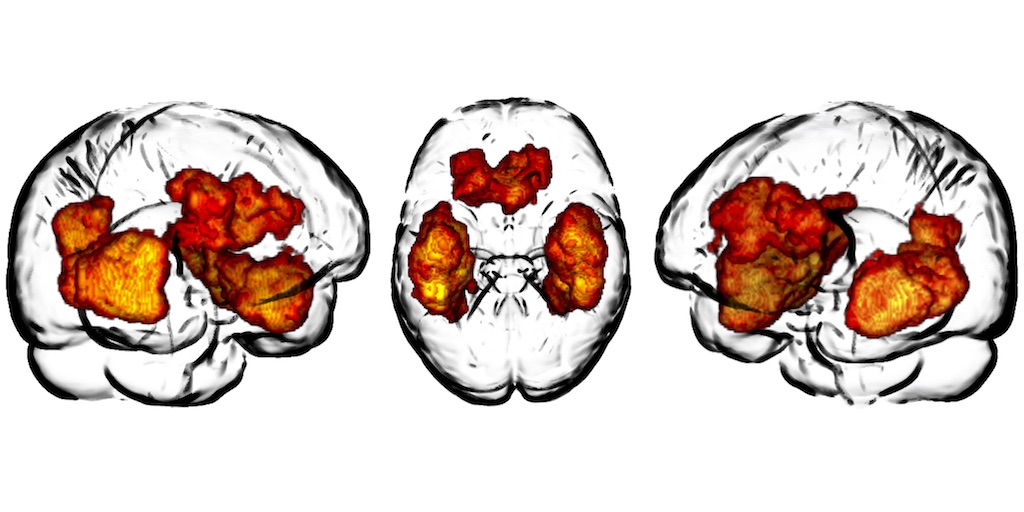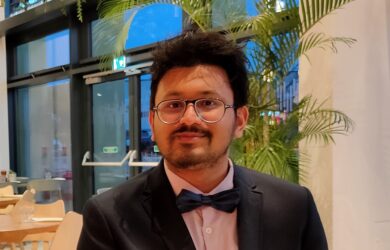
Researchers led by Ayan Mandal have created a map which shows where glioma tumours most commonly appear
The findings improve our understanding of the origins of brain cancers and could contribute to new therapies which combat this deadly condition.
Ayan Mandal
Researchers at the University of Cambridge have created a tumour frequency map for one of the most common forms of brain tumour – which could aid treatment.
For decades, it has been known that gliomas follow a non-random spatial distribution, appearing more often in some brain regions than others. Researchers believe that a better understanding of patterns in the places gliomas are found could provide clues about the origins of these types of tumours and improve treatment.
The researchers, led by Gates Cambridge Scholar Ayan Mandal, combined neuroimaging data from 335 adult patients with high- and low-grade glioma to form a map which shows where glioma tumours most commonly appear.
Using this map, they made three discoveries. First, they found that tumours preferentially locate to the brain’s “hubs”.
Ayan [2018], who is doing a PhD in Psychiatry, says: “Similar to how many flights across the world stop at Heathrow Airport, in the brain, there are a set of brain regions that are exceptionally well-connected. These regions are called “hubs”, and they tend to be implicated in neurological disease – including, as we have now shown, glioma brain tumours.”
Second, gliomas were observed to be significantly common in brain regions populated by cells from which gliomas are thought to originate. These are cells which are peculiarly immature compared to other cells in the adult brain, which makes them more malleable and capable of malignant transformation.
Third, they identified genes with expression patterns across the brain that mimicked the spatial distribution of gliomas. These genes were shown to be involved in the remodelling of chromosome structure and neuronal signalling, processes which are known to be involved in the development of brain tumours.
The results, published in the journal Brain, build on previous studies which highlight the vulnerability of hub regions of the brain to neurological disease.
Ayan states: “The findings improve our understanding of the origins of brain cancers and could contribute to new therapies which combat this deadly condition. Our findings also highlight the importance of bridging diverse scales of biological organisation – from genes to networks – in understanding brain disorders.”
*Genetic, cellular, and connectomic characterisation of the human brain regions commonly plagued by glioma is published in the journal Brain. The image above is a 3D rendering of the “tumour frequency map” described in the article.












